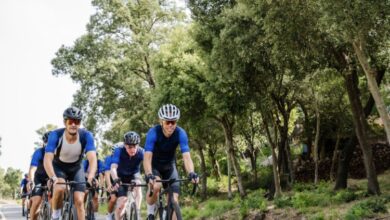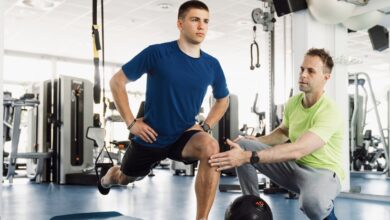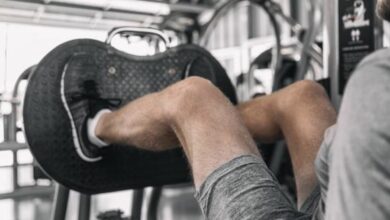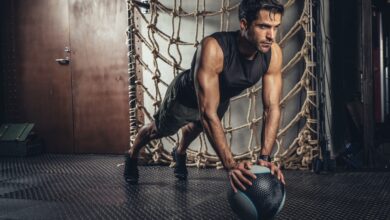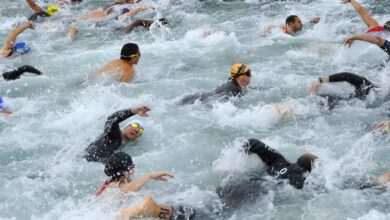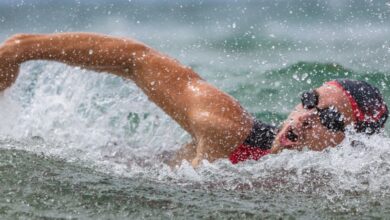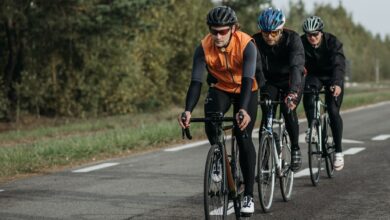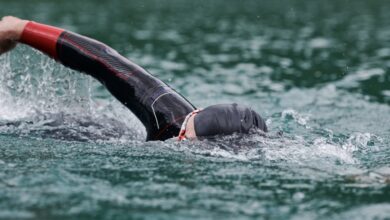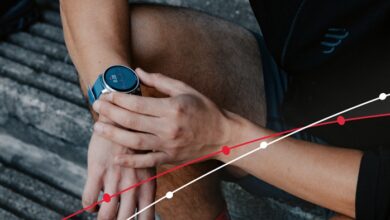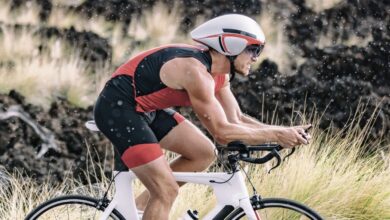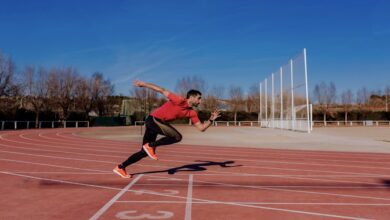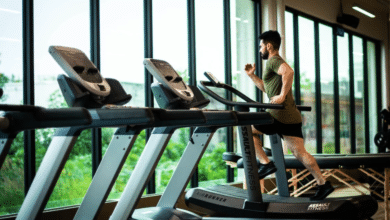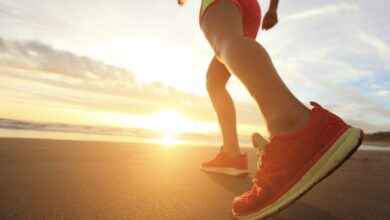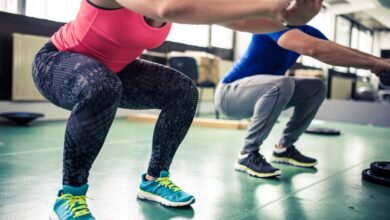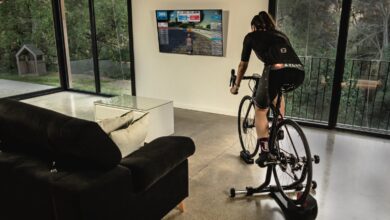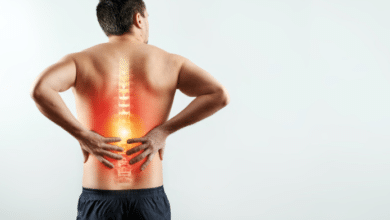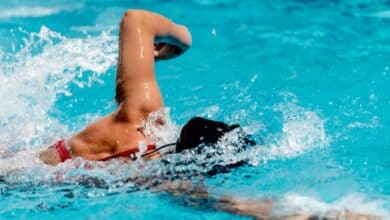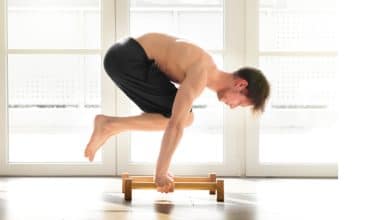Swimming styles
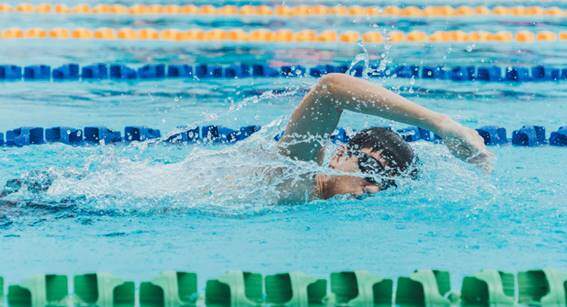
If you are a triathlete, your workouts may be based on crawl swimming and, hopefully, some length to another style to drop.
We tell you what the 4 swimming styles consist of and the main musculature involved in each of them so that you can include it in your sessions.
We tell you what the 4 swimming styles consist of:
Crawl or Free
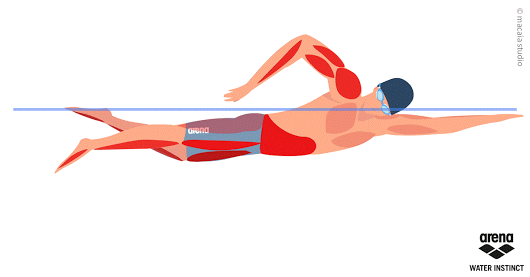
As we mentioned, the most used among triathletes since it is the fastest style and used in competitions.
It is performed in the ventral position (face down) by means of the consecutive and alternate movement of the arms coordinated with a variable number of kicks (2 to 6) for each arm cycle (cycle = right arm stroke + left arm stroke).
Breathing in this style is done laterally when the arm on the breathing side finishes the underwater phase.

Back
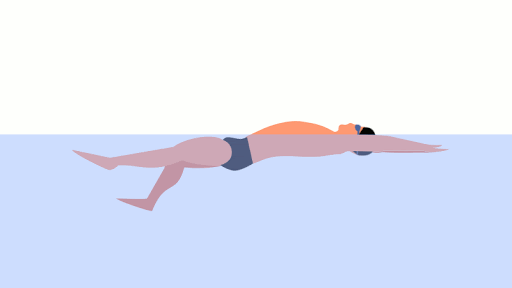
Similar to front crawl, but face up, the arms are moved alternately and consecutively just like the legs. In addition, the roll is of special importance, turning on the longitudinal axis that allows a greater efficiency of the breaststroke in grip and traction.

Fathom
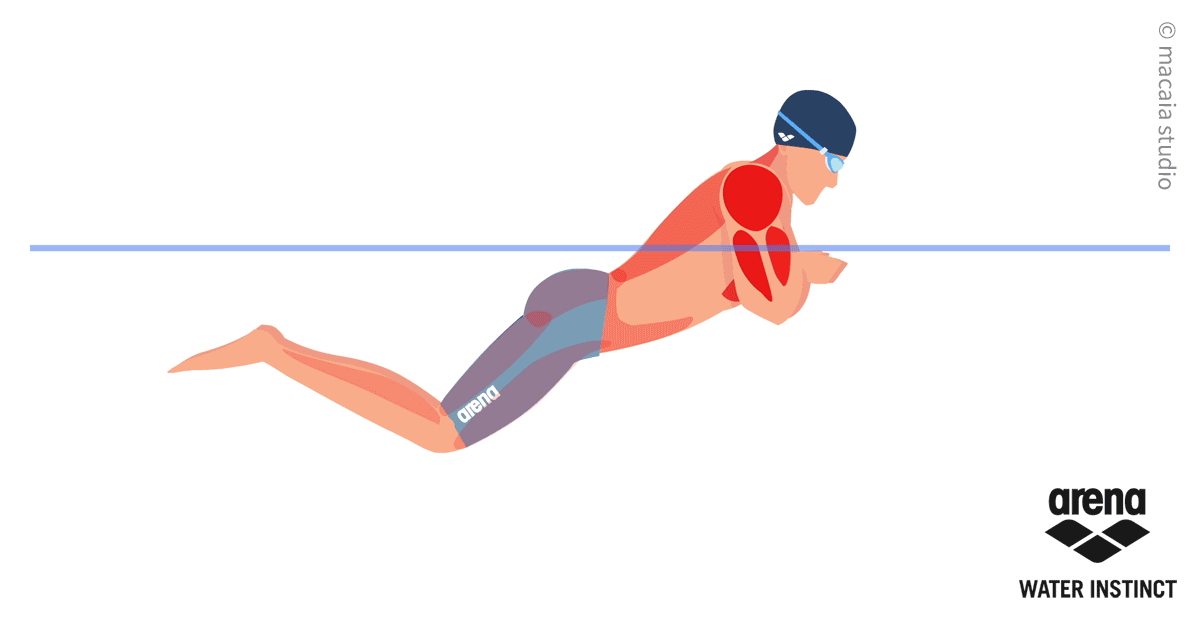
In some countries it is known as Chest and it is the slowest style of swimming.
The swimmer is placed in a ventral position and performs an underwater stroke up to shoulder height, where the head comes out to breathe while preparing the kick that is carried out when the arms are brought forward again.
It is the style that is most important in the propulsion of the kick.

Butterfly
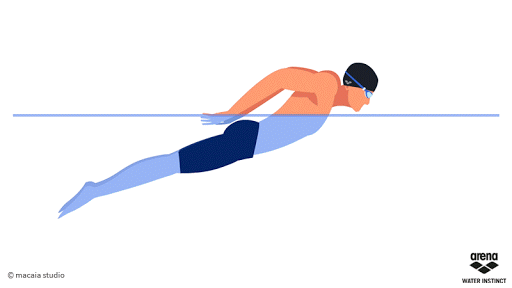
It is the most complex to perform, since in addition to requiring a certain level of force, it implies a particular execution technique for its efficient execution.
In the ventral position, the arms move simultaneously and in parallel coordinated with 2 simultaneous kicks for each stroke.
When the hands enter the water the first leg shake is made and just before taking it out, the second. Breathing is carried out frontally, taking the head out before the hands go out and the head going back in before the hands do.
All movements must be coordinated with the undulation of the hip.

| Styles | Crawl | Back | Fathom | Butterfly |
| Arm propulsion | 80% | 75% | 50% | 65% |
| Leg propulsion | 20% | 25% | 50% | 35% |
| Main muscles involved |
|
|
|
|

Dra. Science of Physical Activity and Sport
There are no previous results.











